Welcome to the Wakefield Doctrine (the theory of clarks, scotts and rogers)
Couldn’t leave the classical literature thing alone. You know, certain stories or tales, fables or legends have endured and continue to show up in cultures down through the ages, clearly they’re reflecting some aspect of the human condition. But that’s not important now!* What is important is how much fun, (and scary perceptive), is our Wakefield Doctrine. (New Reader Advisory: the Wakefield Doctrine is a perspective on human nature and, as such, is not ‘the answer’, rather it’s an alternative view of the actions, behaviors, motivations and intent of people. …you know, lets just say, this Doctrine? ‘as much art as science’, and let it go at that. There’s already too much “well, if you’d only accept my research findings and statistics, you would have no choice but believe me.” in the world today. Check it out.)
…so, anyway, this morning? I’m looking for some enduring tale or fable and I come across ‘Tristan and Isolde’ (or as wikipedia started my thread with ‘Tristan and Iseult‘) and immediately after, the Camelot version (i.e. Guinevere and Lancelot and King Arthur). And now I’m stuck with the topic! I mean, we all ‘know’ the story, but I’m after the worldview of our three main characters. Let me admit that, at first, I was thinking, ‘ok, she’s a clark married to the older guy (Arthur) and swept off her feets by this Lancelot. Simple clark*roger*scott triad, right? maybe
You want to see a fun way to use the Doctrine? look at the images below:
(that last painting, titled ‘Love Potion’…. I think you know where I’m going with this)…. hey! she’s no innocent clarklike girl!!! that’s a scottian female, if ever there was one!
I need to keep this short this morning. Anyone want to jump in and provide us with any additional evidence as to the predominant worldviews of our three characters, please, have at it. And, yes, I did make a leap to a conclusion of Guinevere’ personality type purely on the basis of images I found. Here’s my reasoning:
- enduring tale, story of human weakness and foibles and such (and, sure, romance too… can’t ignore our college age readers)
- characters remain essentially the same from the 12th Century
- artists and painters and actors and directors interpret the characters and depict them…. from the 12th Century to present day
- …she is totally a scottian woman
lol… ain’t this Doctrine fun?
* thank you, genius creators of one of the top 3 funniest movies of all time, ‘Airplane!’
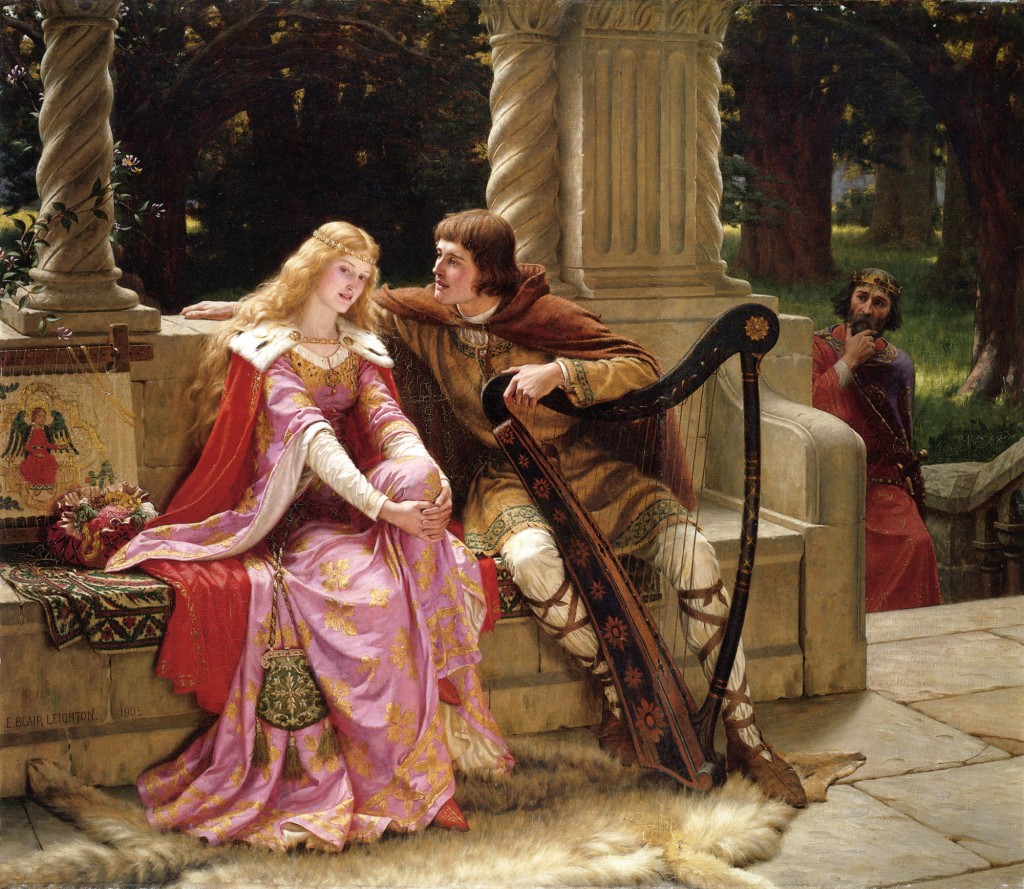
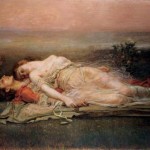
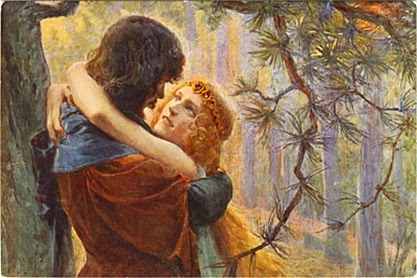
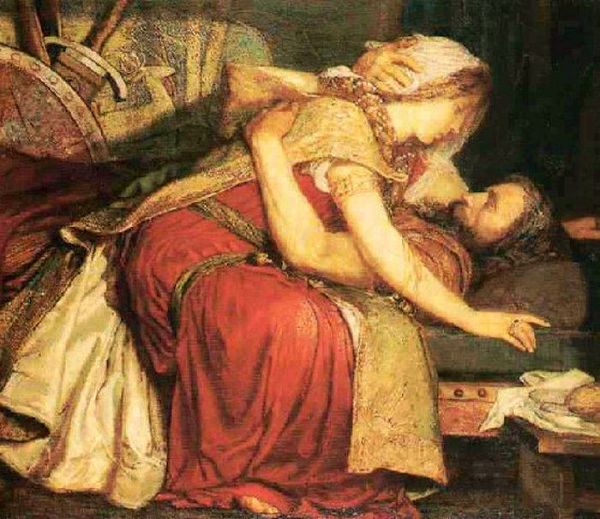

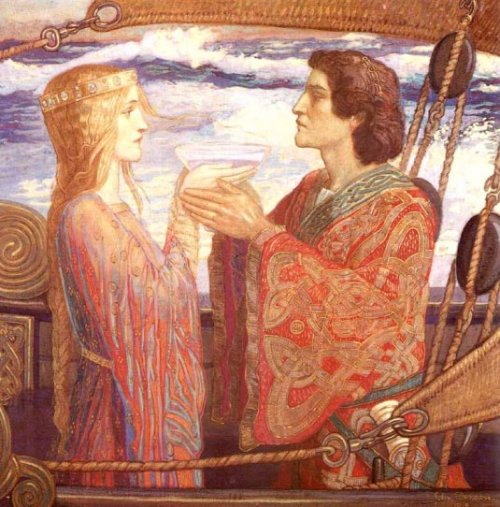

 About clarkscottroger
About clarkscottroger
You just happened to have hit on one of my areas of concentration in my life as a lit major. Guinevere as a Scott – I don’t disagree. She was the life of the party at Camelot – everyone loved her. She was smart, witty, and beautiful (right Scottian females are usually one or the other, but Guin had it all.) She was skilled at bridging gaps and bringing people together. This woman saw the big picture, even if she may have closed her eyes to it once or twice. The Clark here, though? It’s Lancelot, the quintessential outsider. He may or may not be the only Clark, but he’s definitely a Clark. And Arthur, well, he’s complex. He’s an abstract thinker and definitely the “machine operator” for the Round Table concepts, but we can’t discount him when it comes to creation because it was his idea, after all. There is much about him that is Clark, but there is a lot of Roger in him as well.
And with that lofty thought, I have to go clean cat crap off the floor. Stupid cat.
Lisa
Nicely done! (especially for finding/retaining the classification of the rogerian worldview as that of ‘machine operator’)
…it was funny about the pictures (of Guinevere)… the respective artists all seemed to capture that scottian… aggressiveness the lead picture for example, there is so totally not the retiring and semi-helpless maiden to her expression, even if she has all blonde hair and such… she definitely has the cat/canary look
The Guinevere of literature was far from a delicate female. She was strong and hardy, intelligent and clever. She married for political reasons, not for love (sadly) because she knew doing so was in the best interest of securing a future for her own kingdom. I think aggressive – or perhaps better assertive – is a very good depiction for her. She knew exactly what she was doing, exactly what was at stake, at every moment.
What Lisa said sounds extremely brilliant. She must be a Clark.
why (on the behalf of all clarks reading this), thank you.
(of course, we all know that ‘the everything rule’ would remind us that rogers and even scotts (I know!) can be extremely brilliant… it’s just that ‘brilliance’ will manifest differently for each of the three personality types. Of course, our perception will varying accordingly
Yes, a humble thank you, Val.And yes, Lisa is a Clark.
So Clark, what you’re saying is no empirical evidence? Luckily brilliant people like lisa and yourself are around to explain the art…wouldn’t wanna lose any rogers in the fray.
we doan need no steeken empirical evidence! we scoff at the very notion!
well, speaking more as (an amateur) fan of Freud and Perls…. I say, “yo! Skinner! Time for Dinner and tell Albert to leave the dog alone and come eat”*
* did I mix in enough half-actual references? lol
Hahaha! Is that line an original Farley? Classic!
my god no! (if you mean the first part), that’s time-honored paraphrasing of some lines of dialogue from ‘The Treasure of the Sierra Madre’ with Humphrey Bogart
No…I know Bogie…I meant the “hey Skinner. ..”
then, yes, that is an original Farley. (Did I leave any metaphor/reference unmixed? lol)
You were definitely walking on thin eggs , Farley.
lol no wait a minute! that is most impressive (of your secondary) rogerian aspect!
nice metaphor-mixing
well thank you!
I hate when Clark makes me spit out my drink.
Soooo, basically, Scotts are ho’s?
hey! they are talented, and insightful and perceptive and ingenious and….yeah, at times
lol